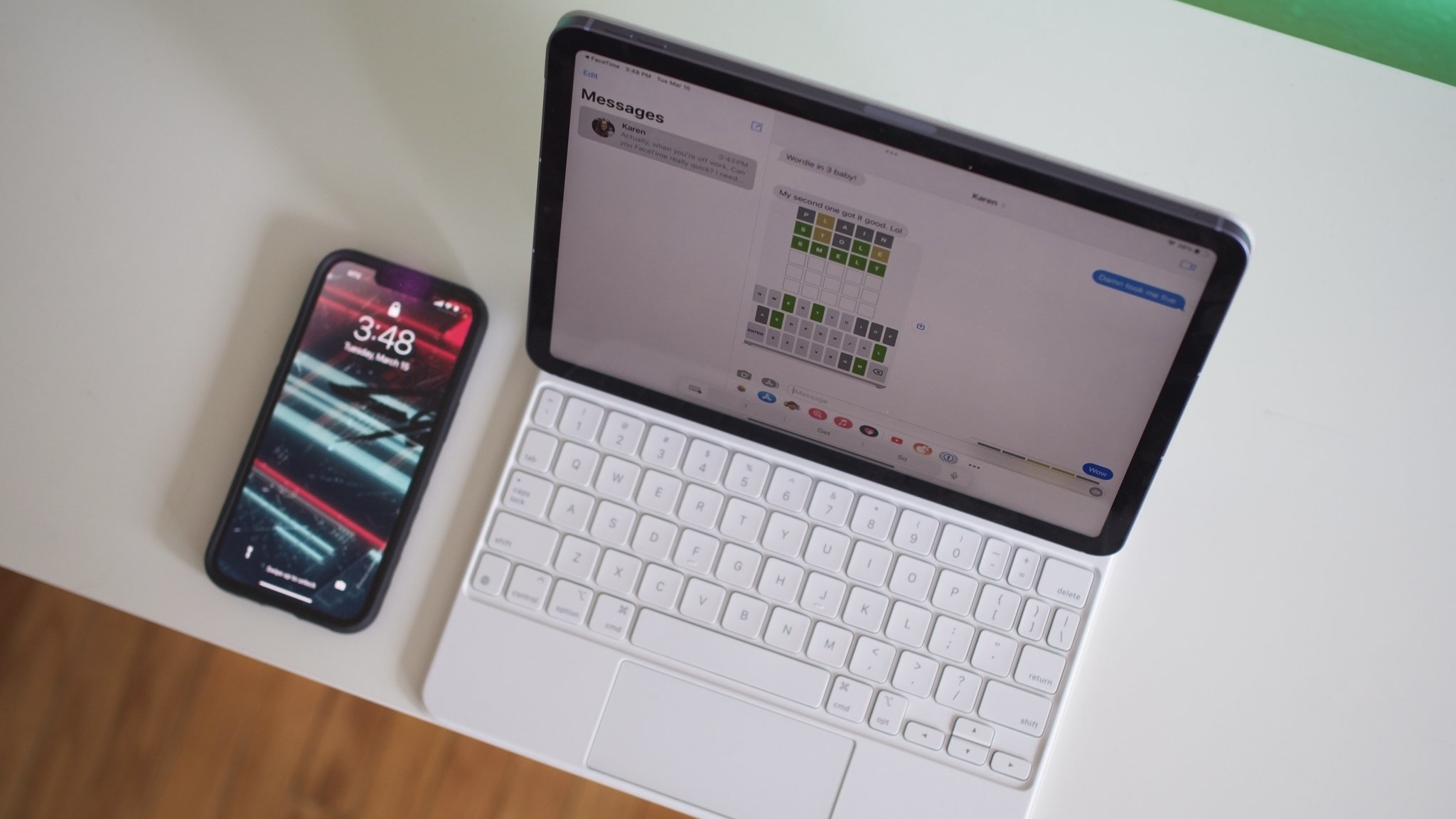
All of the talk right now is about the OLED iPad Pro refresh arriving within the next few weeks while the updated iPad Air is all about getting a new chip and a new screen size. But while Apple is reserving its best display technology for its best iPad in 2024, things could be changing further down the line if a new report is to be believed.
Apple's next iPad Air is expected to be all about a new M2 chip to replace the older M2 as well as the addition of an all-new 12.9-inch variant. But it's now been suggested that Apple is already looking at bringing a similar OLED display upgrade from the iPad Pro down the lineup to the iPad Air — and similar is the key descriptor here.
According to the report, Apple's plans to switch the iPad Air to OLED are unlikely to happen just yet and definitely won't come as part of the 2024 refresh. But even when they do, iPad Air buyers will discover that not all OLED panels are created equal and those who want the best of the best will still have to splash the cash required to get into an iPad Pro.
OLED for all
The report comes via The Elec which itself cites Omdia researcher Kang Min-soo who was speaking at the 2024 Korea Display Conference in Seoul. The topic of discussion was varied, but as is so often the case, it turned to Apple.
The researcher said that it's Omdia's belief that Apple intends to switch the iPad Air to a new OLED display in 2028, but there will be a key difference between the displays used in the iPad Air and those coming to the iPad Pro this year.
“It is expected that the iPad Air will also change to OLED in 2028,” the researcher claimed, adding that “the iPad Air will use a single-stack OLED, and the iPad Pro will use a two-stack tandem OLED.” That means that while both iPad models will benefit from OLED technology, only the iPad Pro will enjoy the potential battery savings produced by having a two-stack construction.
The Omdia researcher continued, saying that “the backplane (TFT) technology for both the iPad Air and Pro will be low-temperature polycrystalline oxide (LTPO) or oxide,” and that “power consumption will play an important role in OLED in the future.”
Reduced power consumption is likely one of the reasons Apple intends to move more products to OLED displays, but it won't be the only benefit. Such displays also offer improved colors and better contrast, two things that could help push the iPad Pro to a whole new level for artists and creatives working with videos and photos.
The 2024 iPad Pros are heavily tipped by Bloomberg's Mark Gurman to be announced either later in March or in April with new M3 chips joining that OLED display. As for the iPad Air, that's set to arrive around the same time with the big news being the addition of the 12.9-inch option for those who would like a bigger tablet but don't need everything the iPad Pro has to offer — including its higher price.
Externally, few changes are expected although it's been suggested the tablets could see their FaceTime camera move to the side rather than above the display.







